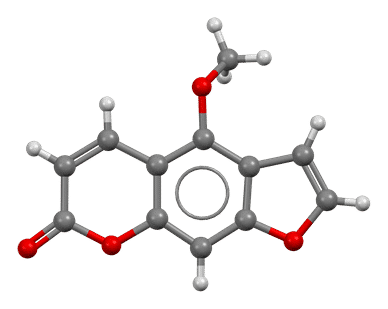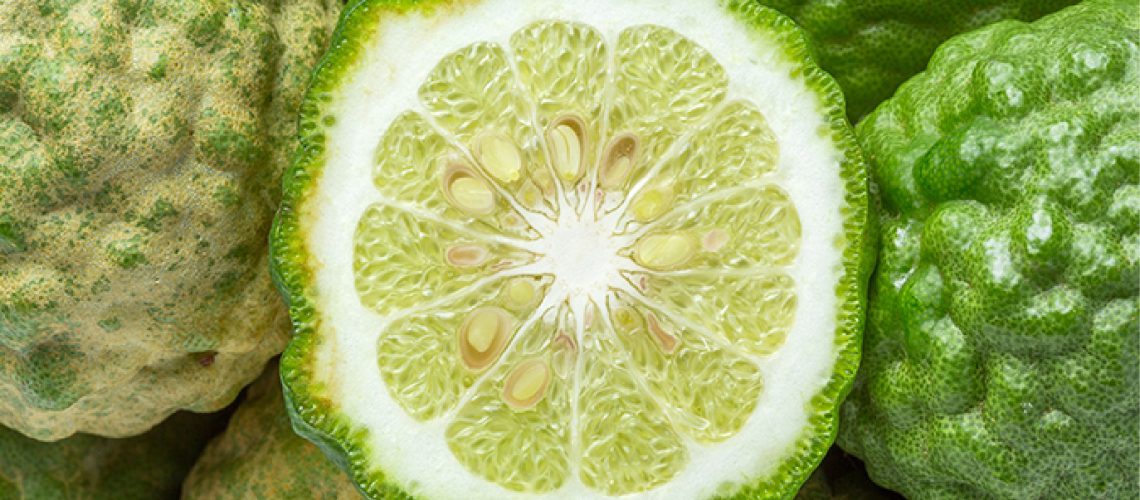The Italian bergamot is an exotic and unique fruit, and is certainly not something you’d find at your everyday grocery store. Although it sometimes referred to as a bergamot orange, its bumpy green peel and oblong appearance set it apart from garden-variety oranges. The name bergamot is derived from the Italian word bergamotta and the name of an Italian town famous for its production of the odd green fruit before the turn of the century. Although if you trace the name back to the 17th century, you’ll find that bergamot comes from the Turkish name beg-armudi, meaning “prince’s pear” or “prince of pears.” While the bergamot is a regal fruit, you won’t gain much enjoyment from snacking on one, as bergamot (Citrus bergamia) is a close relative of the bitter orange (Citrus aurantium) and lacks the characteristic sweetness of navel oranges and clementines. Why then, was bergamot highly prized as the “prince of pears” in the old days and still carefully cultivated in modern orchards? Because of its bright, uplifting, soothing essence!
The Essence of Earls
To be clear, while bergamot is not too tasty on its own, it is sometimes used as an accent ingredient in several cultural dishes, the most famous being Turkish Delight. Turkish Delight is a sugary confection filled with nougat or dried fruit and was popularized in C.S. Lewis’ fantasy book The Lion, The Witch, and the Wardrobe. Extract from bergamot peels also gives Earl Grey and Lady Grey teas their distinct scents and tastes, further cementing our high opinion of bergamot as a stately fruit. However, with time, we at Nature’s Fusions have learned how to refine bergamot oil to remove natural irritants and produce bergamot essence far gentler than anything used to perfume the kings and dukes of old.

In C.S. Lewis’ novel The Lion, the Witch, and the Wardrobe, a young teen named Edmund allies himself with an evil witch after she offers him the dessert he craves most of all: Turkish Delight. While we do not recommend allying oneself with evil witches, we understand how difficult that choice would be for poor Edmund if the witch’s Turkish Delight was made with high-quality bergamot oil.
A Refined Oil, Fit for Royalty

Molecular structure of bergaptene, with carbon shown in grey, oxygen in red, and hydrogen in white. Bergaptene comes from the chemical Psoralen, which is commonly used as a mutation-causing molecule in biology research labs. While this is helpful in scientific research, you wouldn’t want to have any mutations on your skin. This is why Nature’s Fusions is careful to ensure that our Bergamot oil is certifiably bergaptene-free.
Historically, bergamot oil was prized for its strong, uplifting scent in perfume, however its sweet aroma came at an awful price. Bergamot naturally produces bergaptene, a molecular compound composed of carbon, oxygen, and hydrogen. Bergaptene is an irritant, and can cause redness and inflammation after touching the skin. Its inflammatory response is activated by exposure to UV light (from the sun).
Our bergamot essential oil is cold pressed from unprocessed Italian bergamot peels, then carefully refined to remove all traces of bergaptene. We take pride in providing safe, wonderfully scented oils, and see for yourself, our third-party chemistry analysis shows no trace of bergaptene.
All The Benefits, None of The Drawbacks!
If you’re in the mood for a scent that’s citrusy, refined, and invigorating, look no further than Nature’s Fusions Bergamot Oil. Because of our careful refining process, our oils are free from irritating bergaptene and still brimming with a bright, robust aroma!

